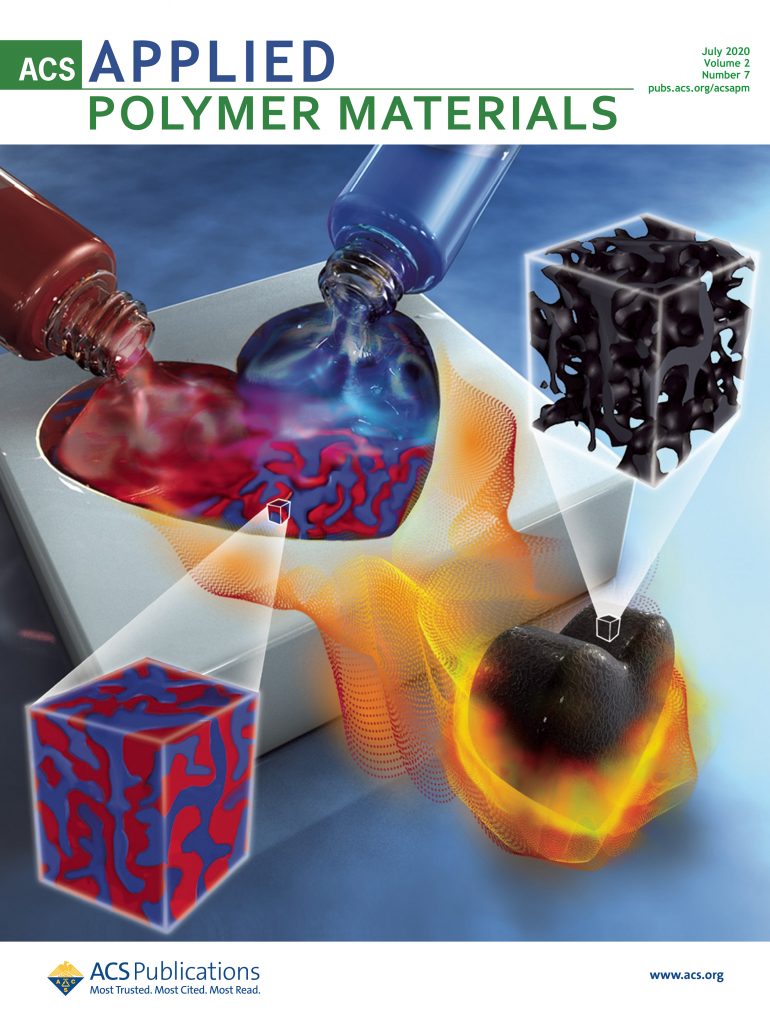Classification of synoptic circulation patterns with a two-stage clustering algorithm using the modified structural similarity index metric (SSIM)
IF 4.4
2区 化学
Q2 MATERIALS SCIENCE, MULTIDISCIPLINARY
引用次数: 0
Abstract
Abstract. We develop a new classification method for synoptic circulation patterns with the aim to extend the evaluation routine for climate simulations. This classification is applicable to any region of the globe of any size given the reference data. Its unique novelty is the use of the modified structural similarity index metric (SSIM) instead of traditional distance metrics for cluster building. This classification method combines two classical clustering algorithms used iteratively, hierarchical agglomerative clustering (HAC) and k-medoids, with only one pre-set parameter – the threshold on the similarity between two synoptic patterns expressed as the structural similarity index measure (SSIM). This threshold is set by the user to imitate the human perception of the similarity between two images (similar structure, luminance, and contrast), whereby the number of final classes is defined automatically. We apply the SSIM-based classification method to the geopotential height at the pressure level of 500 hPa from the ERA-Interim reanalysis data for 1979–2018 and demonstrate that the built classes are (1) consistent with the changes in the input parameter, (2) well-separated, (3) spatially stable, (4) temporally stable, and (5) physically meaningful. We demonstrate an exemplary application of the synoptic circulation classes obtained with the new classification method for evaluating Coupled Model Intercomparison Project Phase 6 (CMIP6) historical climate simulations and an alternative reanalysis (for comparison purposes): output fields of CMIP6 simulations (and of the alternative reanalysis) are assigned to the classes and the Jensen–Shannon distance is computed for the match in frequency, transition, and duration probabilities of these classes. We propose using this distance metric to supplement a set of commonly used metrics for model evaluation.利用改进的结构相似性指数度量(SSIM)的两阶段聚类算法对同步环流模式进行分类
摘要我们开发了一种新的同步环流模式分类方法,目的是扩展气候模拟的评估程序。这种分类方法适用于全球任何地区的任何规模的参考数据。它的独特新颖之处在于使用改进的结构相似性指数度量(SSIM),而不是传统的距离度量来建立聚类。这种分类方法结合了迭代使用的两种经典聚类算法--分层聚类(HAC)和 k-medoids,只需预先设置一个参数--以结构相似性指数度量(SSIM)表示的两个同步模式之间相似性的阈值。该阈值由用户设置,以模仿人类对两幅图像相似性的感知(相似的结构、亮度和对比度),而最终类别的数量则是自动定义的。我们将基于 SSIM 的分类方法应用于 1979-2018 年ERA-Interim 再分析数据中 500 hPa 压力水平的位势高度,结果表明建立的类别(1)与输入参数的变化一致;(2)分离良好;(3)空间稳定;(4)时间稳定;(5)具有物理意义。我们演示了用新分类方法获得的同步环流类别评估耦合模式相互比较项目第 6 阶段(CMIP6)历史气候模拟和替代再分析(用于比较)的示例应用:CMIP6 模拟(和替代再分析)的输出场被分配到类别中,并计算这些类别的频率、过渡和持续时间概率匹配的詹森-香农距离。我们建议使用这一距离指标来补充一套常用的模型评估指标。
本文章由计算机程序翻译,如有差异,请以英文原文为准。
求助全文
约1分钟内获得全文
求助全文
来源期刊

ACS Applied Polymer Materials
Multiple-
CiteScore
7.20
自引率
6.00%
发文量
810
期刊介绍:
ACS Applied Polymer Materials is an interdisciplinary journal publishing original research covering all aspects of engineering, chemistry, physics, and biology relevant to applications of polymers.
The journal is devoted to reports of new and original experimental and theoretical research of an applied nature that integrates fundamental knowledge in the areas of materials, engineering, physics, bioscience, polymer science and chemistry into important polymer applications. The journal is specifically interested in work that addresses relationships among structure, processing, morphology, chemistry, properties, and function as well as work that provide insights into mechanisms critical to the performance of the polymer for applications.
 求助内容:
求助内容: 应助结果提醒方式:
应助结果提醒方式:


